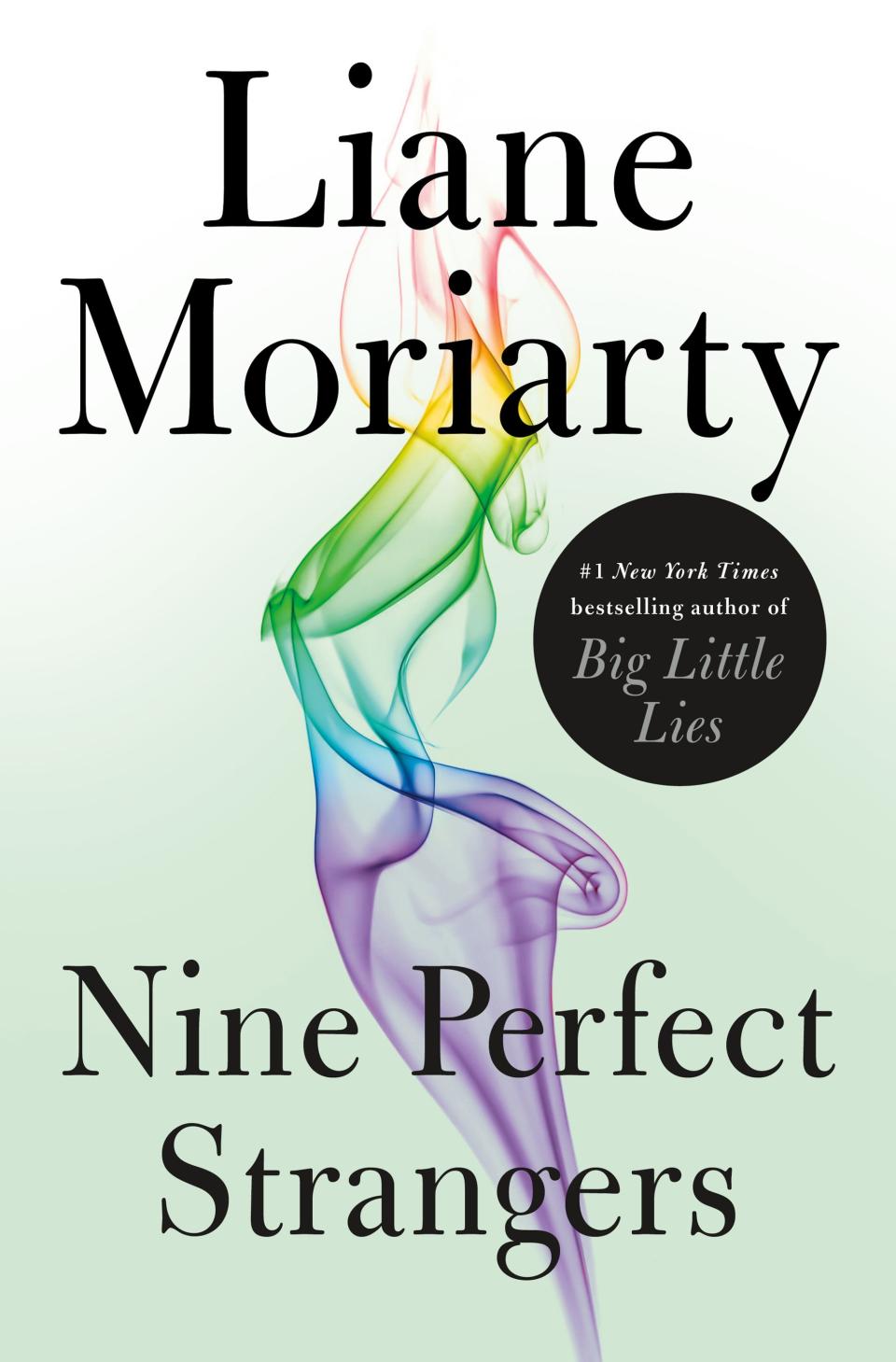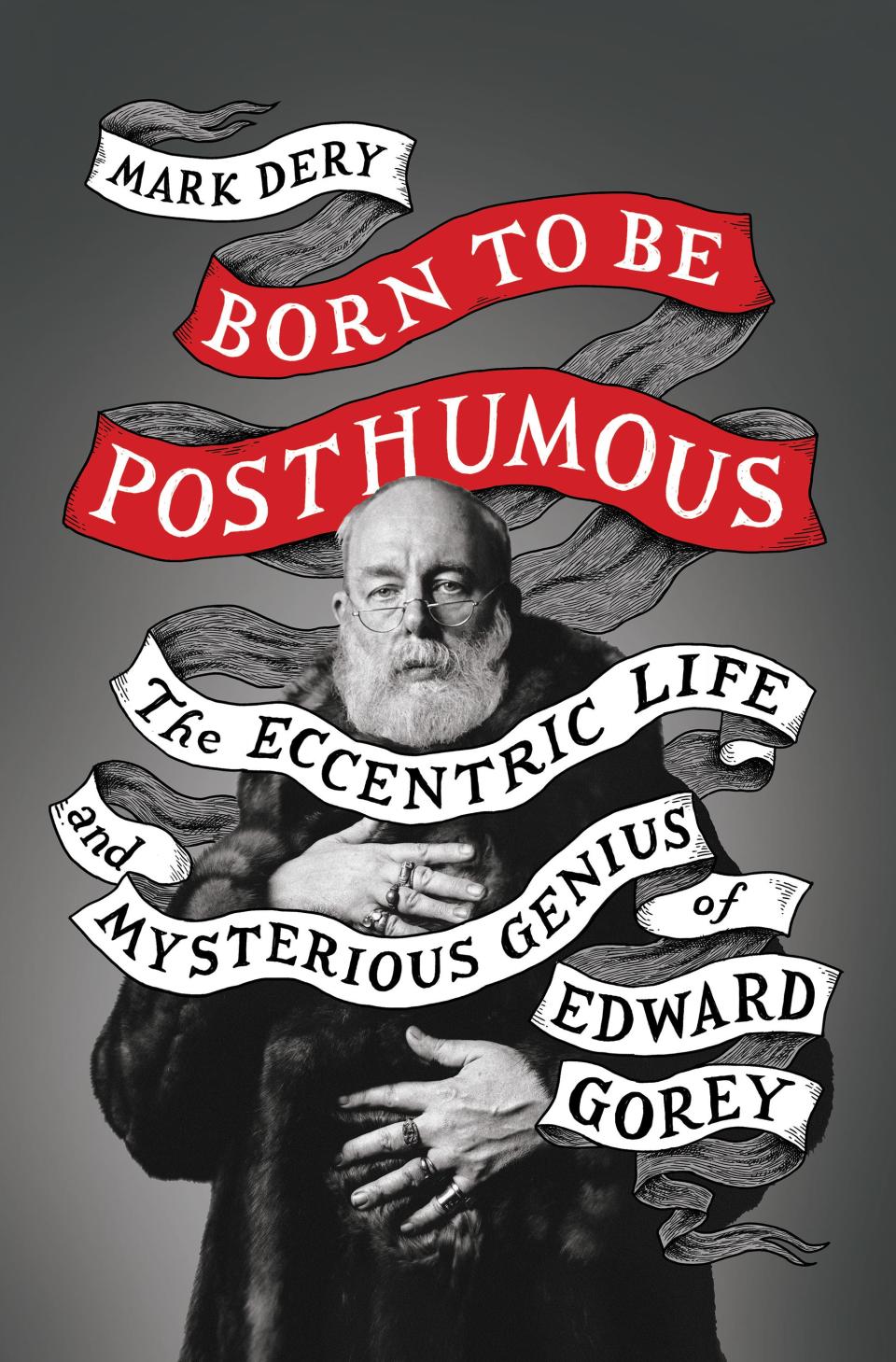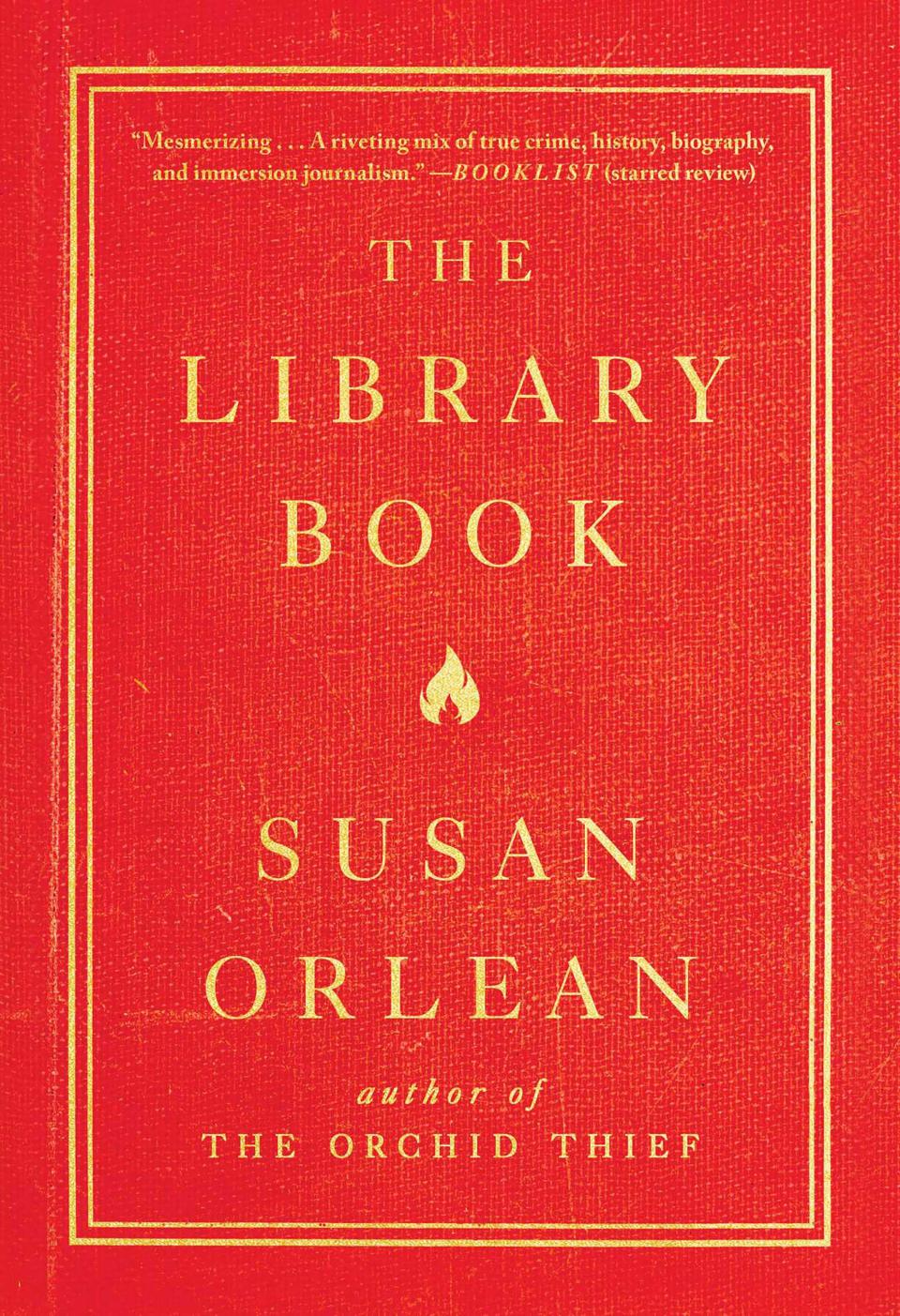Need a New Read? Here Are the 4 Books We’re Loving Right Now

Here at Vogue, we’re always looking for a great new book. But which new book? It’s a perennial, endlessly renewing question—and here are four new ones that have kept us absorbed, enthralled, and ready for more.
Nine Perfect Strangers by Liane Moriarty
Liane Moriarty’s new novel is page-turning, no doubt. Nine Perfect Strangers follows nine desperate Australians from all walks, who check themselves into a health spa that promises a life-changing and unforgettable experience—one that they all desperately need. Although the plot follows a much more predictable path than Moriarty’s mega-selling Big Little Lies, the character-driven stories here are compelling: They range from a failed-romance novelist who’s recovering from an Internet scam, to a young couple whose immense wealth via lottery ticket (this is fiction, after all) is tearing their relationship to shreds. Pair that with a passionate spa owner with her own whirlwind tale and this 450-pager will be over before you know it. —Michaela Bechler

Born to Be Posthumous: The Eccentric Life and Mysterious Genius of Edward Gorey by Mark Dery
Prior to reading Mark Dery’s new book, my familiarity with the writer and illustrator Edward Gorey, who died in 2000 at age 75, began with his gloomy cover illustrations for John Bellairs’s middle-reader mystery novels, and ended with Gorey’s own unsettlingly funny abecedarium, The Gashlycrumb Tinies (“A is for Amy who fell down the stairs, B is for Basil assaulted by bears,” et cetera). I was only vaguely aware of Gorey’s theatrical self-presentation—he preferred to dress in furs, heavy rings, and ratty sneakers, wore earrings in both ears and a biblically lush beard—or his status as a queer icon, though he maintained his asexuality amid flirtations and brief flings with men. (I didn’t even know that Gorey had been a student at my Chicago high school, nor that he’d lived mere blocks from the apartment where I spent my early life.) This lively biography goes a long way toward revealing the person behind Gorey’s deliberately outrageous, carefully crafted public persona and the connective tissue of his highly compartmentalized life (spent mostly in Manhattan and Cape Cod after leaving the midwest for Harvard). But Dery is best when excavating the lesser-known parts of his subject’s bibliography, an oeuvre as rambling as the sort of gothic mansion in which one of Gorey’s ill-fated characters might live. Who now remembers, for example, his bitchy film reviews for the Soho Weekly News, written under the anagrammatic pseudonym Wardore Edgy? Or his illustrations for The Story of Harold, a semiautobiographical novel of gay kink by George Selden, author of the children’s classic The Cricket in Times Square? (Selden “got a kick out of spotting the hidden penises in Gorey’s illustrations,” writes Dery.) Born to Be Posthumous clears the dust bunnies from the shadowy corners of the House of Gorey, revealing a talent that extended far beyond the macabre faux Victoriana we remember best, and a mind unlike any other. —Julia Felsenthal

The Feral Detective by Jonathan Lethem
Jonathan Lethem has dabbled, masterfully, in genre throughout his career—most memorably in his 1999 detective novel, the neo-noir classic Motherless Brooklyn (soon to be a film directed by Edward Norton). The Feral Detective is his return to detective fiction and it’s a wild and woolly ride. Set in the backwaters of Southern California in the near past, the novel follows a chatty, and somewhat tryingly sarcastic New Yorker, Phoebe Siegler, as she searches for the missing daughter of a friend. In this she enlists the help of Charles Heist, the feral detective of the title, a mysterious, hirsute loner who lives in a trailer with his dogs, and has a secret past (and an opossum in his desk drawer). Lethem is in an absurdist, hyperactive mode here, piling contemporary social anxieties on top of a ragged vision of frontier living, and if the results are mixed, the novel is nevertheless packed with surprises and vivid, apocalyptic tableaux. The plot twists, turns, and slightly unravels as we reach the desert and a pair of violent, frequently naked back-to-the-land tribes. Film rights have been sold, and I can see the crazed, bleached-out Mad Max vibe already. Paging George Miller! —Taylor Antrim

The Library Book by Susan Orlean
It is always a pleasure to read Susan Orlean. I mean that: I have a physical reaction to her prose. I sort of lean back and wriggle into it, like you might a heavy coat draped over your shoulders. I guess it’s the feeling of knowing you’re in good hands. Here, the longtime New Yorker staff writer and author of books like Rin Tin Tin and The Orchid Thief (which became, of course, the Academy Award–winning film Adaptation) turns her talents to the story of the Los Angeles library fire of 1986, in which more than a million books were lost to a combination of the flames and the water used to put them out, and Harry Peak, the young aspiring actor suspected of lighting it. But this being Orlean, it’s also about almost everything else: American history and society, Los Angeles’s urban sprawl, the author’s relationship with her mother, and the importance of public access to knowledge in general. “The publicness of the public library is an increasingly rare commodity,” Orlean writes. “It becomes harder all the time to think of places that welcome everyone and don’t charge any money for that warm embrace.” For extra points, borrow your copy from of your local public institution to get a whiff of what all the fuss is about. —Alessandra Codinha


